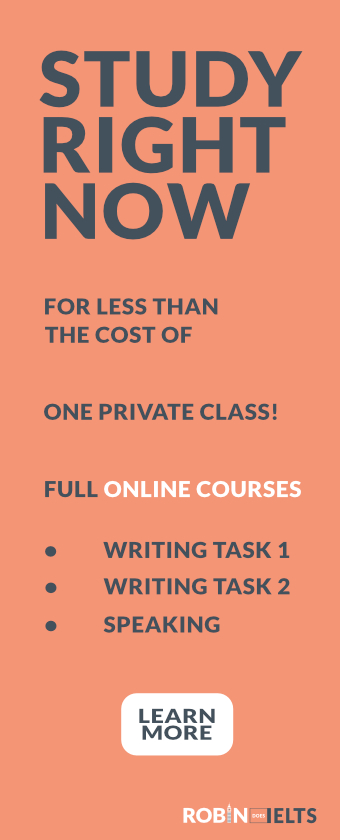
COHERENCE AND COHESION
Most test-takers are aware that 25% of an IELTS band score (grade) is awarded for ‘coherence and cohesion’. However, few actually understand why this score is given or how to get a high score in this category.
To rectify this problem this introduction will first define ‘coherence and cohesion’ and explain what examiners understand it to be, before looking at the ways test-takers can improve their writing to score highly in this category.
What exactly does ’coherence and cohesion’ mean?
The Oxford Learner’s Dictionary defines cohesion as “the act or state of keeping together”. In physics, cohesion is the force that keeps molecules stuck together. It is this togetherness that also defines written cohesion; the fact that writing should not be a collection of individual paragraphs, sentences or points, but rather a flow of connected ideas.
Coherence is perhaps better understood as the organisation of writing. An essay that scores highly in coherence will be easy to understand, largely because the ideas are clearly presented and logically ordered. There will be a clear progression of ideas both between paragraphs and within them.
In the previous paragraphs, some of the main techniques used for coherence and cohesion are in bold. These techniques and more can be studied via the links below.
Cohesion
Coherence
A high score for Coherence and Cohesion depends on the ability of test-takers to write an essay in a logical and organised way.
There are three factors involved in this:
- Logical order
- Progression
- Paragraphing
The table below shows the criteria that examiner use for Coherence and Cohesion.

To achieve a band 8, an essay needs to show a logical order, progression and paragraphing. With practice, this should be achievable for every test-taker.


